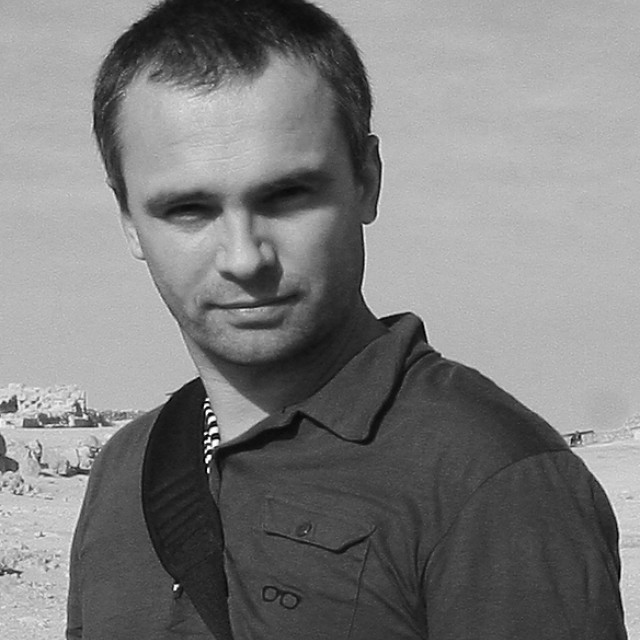Kilarski's work focuses on lymphatic physiology. Specifically, he uses methods for lymphatic-specific occlusion to determine the mechanisms of lymphatic morphological and functional regeneration after occlusion. He is also interested in microcompartmentalization of the tumor extracellular matrix and the effect of its local heterogeneity on remodeling of the tumor microenvironment, metastatic and immune cell migration, and metastatic spread through peritumoral lymphatics. In addition, he continues his work on mechanisms of lymphatic invasion by filaria worms. He has expertise in microscopy, specifically intravital imaging of tissue physiological processes, interaction of immune and metastatic cells within the tumor microenvironment, and angiogenesis and lymphangiogenesis in wounds and tumors. In the past, he has developed numerous in vitro and in vivo models and used them to image and study postdevelopmental vascular remodeling.
Adjuvant-free immunization with infective filarial larvae as lymphatic homing antigen carriers.
Card C, Wilson DS, Hirosue S, Rincon-Restrepo M, de Titta A, Güç E, Martin C, Bain O, Swartz MA, & Kilarski WW. Adjuvant-free immunization with infective filarial larvae as lymphatic homing antigen carriers. Sci Rep 10, 1055 (2020).
Inherent biomechanical traits enable infective filariae to disseminate through collecting lymphatic
Kilarski WW, Martin C, Pisano M, Bain O, Babayan SA, Swartz MA. Inherent biomechanical traits enable infective filariae to disseminate through collecting lymphatic. Nature Communications. 2019.
Local induction of lymphangiogenesis
Güç E, Briquez PS, Foretay D, Fankhauser MA, Hubbell JA, Kilarski WW, Swartz MA. Local induction of lymphangiogenesis. Biomaterials. 2017.
Transcellular Pathways
Triacca V, Guc E, Kilarski WW, Pisano M, Swartz MA. Transcellular Pathways. Circulation Research. 2017.
